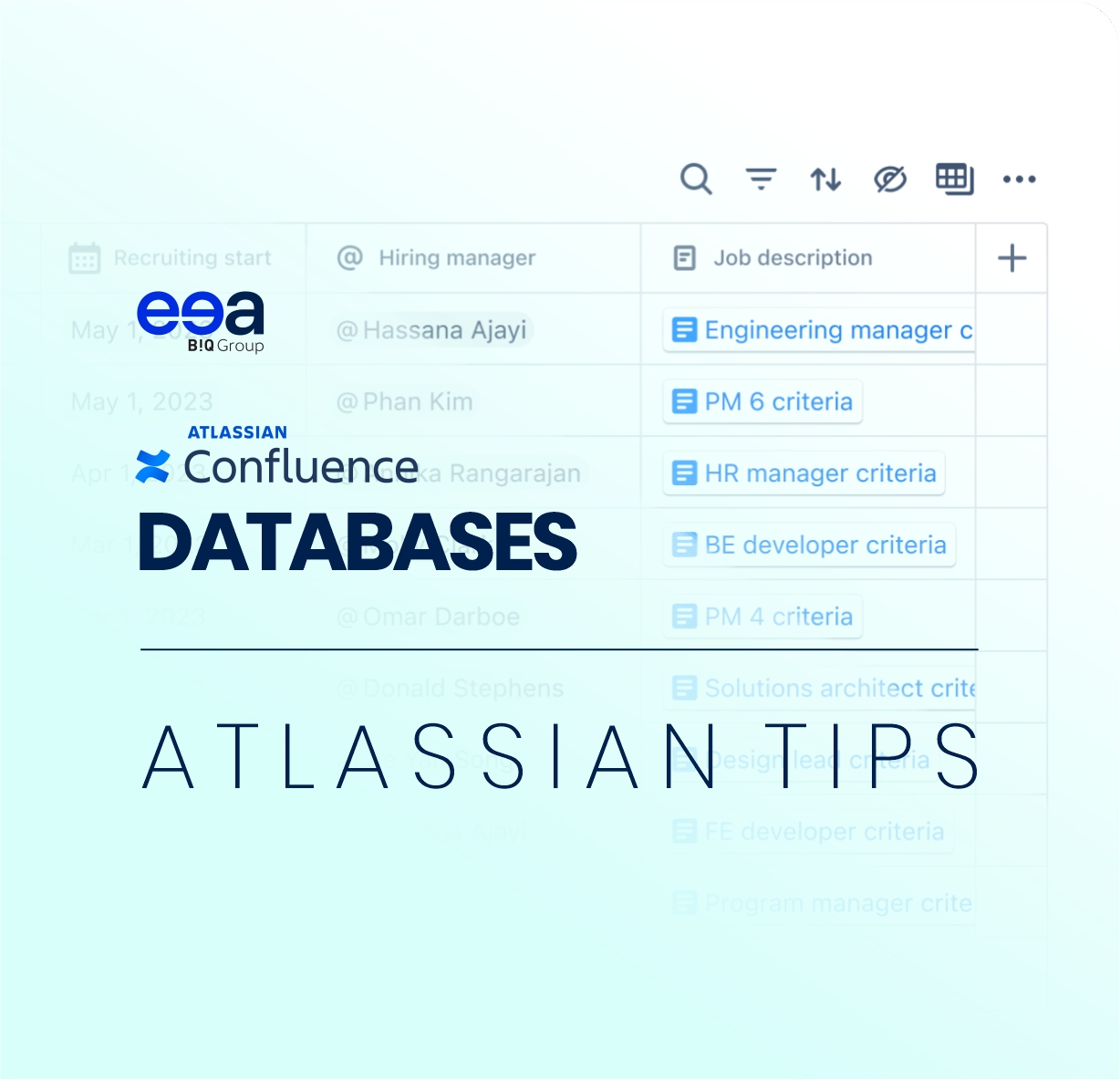Atlassian is known for providing users with valuable features that make work easier and improve team collaboration. This commitment continues.
From June 11, Atlassian will gradually make the new “Confluence Databases” functionality available to its Confluence Cloud service clients.
Databases in Confluence address the need to record and share information in a structured manner within teams. This new functionality allows for efficient data handling and introduces new options for synchronizing and displaying information directly in Confluence.

Atlassian is adding the database feature to Confluence for several reasons:
- Simplification of Work – Databases enable structuring and synchronizing information in a single table.
- Centralization of Data—Databases combine various information from different sources into a single view, helping teams stay informed.
- Versatility – Databases are helpful for various teams, from technical to non-technical. They can be used for project management, sales tracking, marketing campaigns, human resources, and more.
Key Features
- Structured Data Recording
- Tables with columns for text, numbers, users, tags/statuses, dates, and links.
- Organizing data to be easily readable and understandable.
- Synchronization with Other Tools
- Database data can be synchronized with tools like Jira or Trello.
- Maintaining consistent information across different applications.
- Searching and Filtering
- Searching and filtering data based on various criteria.
- Creating views and sharing them.
Data Display Methods

Confluence Databases provide several ways to display data:
- Table
- Classic data is displayed in rows and columns.
- Ideal for structured information like tasks, deadlines, and contacts.
- Board
- A board with cards representing individual items.
- Excellent for tracking project statuses or other activities as cards are organized into columns.
- Cards
- Each card can contain a set of information.
- Suitable for visually displaying data such as product specifications or other valuable notes.
Use Cases

Where can Confluence Databases be utilized? Here are some examples:
- Project Management
- Tables for tracking tasks, deadlines, and responsible persons.
- Sharing the table with your team and keeping everyone informed.
- Product Documentation
- Information on product specifications, features, prices, and versions.
- Transparent access to current data.
- Contact Lists
- Lists of contacts for teams or projects.
- Communication matrices.
Availability in Confluence
The Confluence Databases in the BETA version are already available for all plans within Cloud Confluence.
The production version will be gradually made available starting June 11 for Confluence Cloud users.

On-premise hosting customers using Data Center Confluence will be disappointed.
At this moment, Atlassian is not considering integrating Confluence Databases into the Data Center edition of Confluence.
Confluence Databases are a great addition. Use them to improve collaboration, organization, and efficiency.
Samuel Titka
Atlassian Consultant
If you need assistance from experts with implementing or configuring Atlassian products or need advice on how to use them most effectively in your company, please do not hesitate to contact us.
Our Atlassian Solutions





